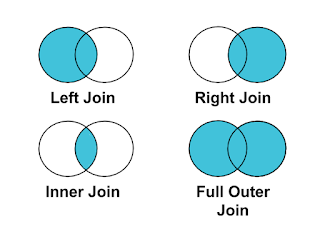ETL Tools
In the current business world, every organization is flooded with data and you need appropriate tools to get the most out of your data. One such tool is ETL. Let's start with understanding what does it actually means. ETL is an acronym for Extract, Transform and Load. As the name suggests, ETL is used for consolidating data from various data sources, transforming the data according to your needs, and then loading the data into the desired database. ETL plays a pivotal role in managing your data, making it ready for analysis, and improves data warehousing.
If data warehousing is something that your organization depends on then ETL tools can prove out to be a vital part of your organization. ETL tools provide process data for analysis which lets you make better graphical representation and can lead to informed decision making. Does it create any difference if we interchange the position of "T" and "L"? Yes, there's a difference between the two as in ELT after extracting your data you need to load your data in the database and it is transformed into the database. In ELT source and the target database is similar, unlike ETL.
According to my experiences, I believe that ELT helps you to utilize cloud technologies in the most effective way and it can prove out to be the future of data warehousing. As the dependency on the data is amplifying day by day and it requires ELT which can manage large datasets with ease. It is quite a subjective thought and I would love to know your thoughts about it.
There are plenty of options available but I will focus on the most popular ETL tools are available in the market. These tools prove out to be a great aid in designing the ETL pipelines and can connect to the various relational databases.
- Microsoft SQL Server Integration Services- If you are a SQL user then you must be aware of this. It is widely used for data migration. It costs lower than the other ETL tools and it is very convenient to use.
- Oracle Data Integrator (ODI)- It uses a different approach than other ETL tools which is ELT. It offers similar functions as ETL tools. ODI transfer the data into a separate destination then transformation is performed.
- IBM InfoSphere Data Stage- It is an ETL tool that is used to provide data-integrated solutions. It is widely used with mainframe computers. IBM offers some other similar products and data stage overlaps within the family. It is difficult to get a license of data stage and also it costs more as compared to other ETL tools.
- Informatica Power Center- It is one of the most widely used ETL tools by organizations. There is a reason why it is used by various industry experts because it is more IT-centric as compared to other tools. But it works well with structured data you need to opt for some other tool if you are data is unstructured in nature.




Comments
Post a Comment